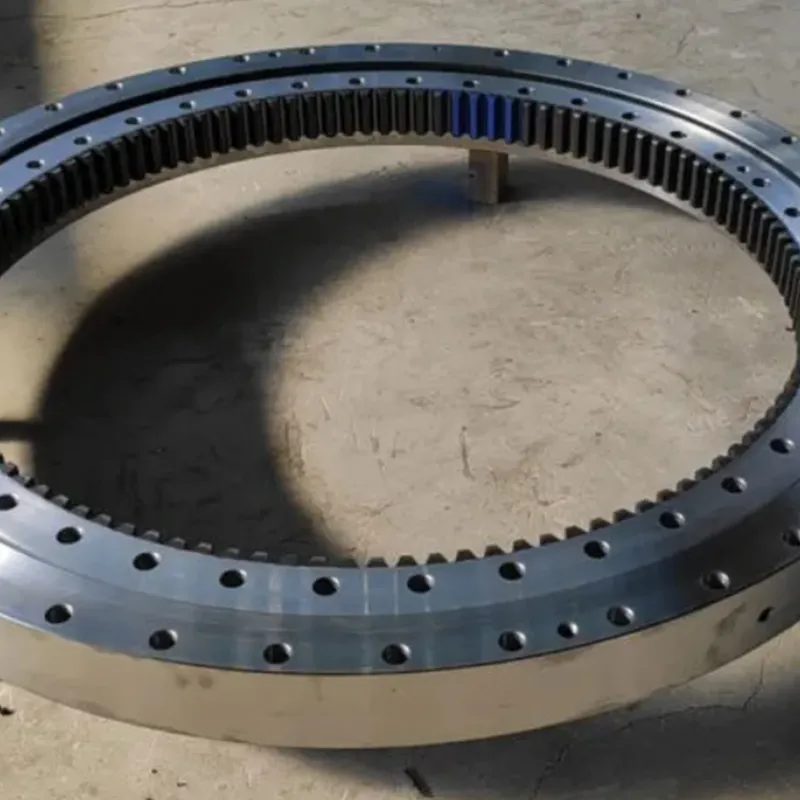-
Cangzhou Yulong Steel Co., Ltd.
-
Phone:
+86 13303177267 -
Email:
admin@ylsteelfittings.com
- English
- Arabic
- Italian
- Spanish
- Portuguese
- German
- kazakh
- Persian
- Greek
- French
- Russian
- Polish
- Thai
- Indonesian
- Vietnamese
- Zulu
- Korean
- Uzbek
- Hindi
- Serbian
- Malay
- Ukrainian
- Gujarati
- Haitian Creole
- hausa
- hawaiian
- Hebrew
- Miao
- Hungarian
- Icelandic
- igbo
- irish
- Japanese
- Javanese
- Kannada
- Khmer
- Rwandese
- Afrikaans
- Albanian
- Amharic
- Armenian
- Azerbaijani
- Basque
- Belarusian
- Bengali
- Bosnian
- Bulgarian
- Catalan
- Cebuano
- China
- China (Taiwan)
- Corsican
- Croatian
- Czech
- Danish
- Esperanto
- Estonian
- Finnish
- Frisian
- Galician
- Georgian
- Kurdish
- Kyrgyz
- Lao
- Latin
- Latvian
- Lithuanian
- Luxembourgish
- Macedonian
- Malgashi
- Malayalam
- Maltese
- Maori
- Marathi
- Mongolian
- Myanmar
- Nepali
- Norwegian
- Norwegian
- Occitan
- Pashto
- Dutch
- Punjabi
- Romanian
- Samoan
- Scottish Gaelic
- Sesotho
- Shona
- Sindhi
- Sinhala
- Slovak
- Slovenian
- Somali
- Sundanese
- Swahili
- Swedish
- Tagalog
- Tajik
- Tamil
- Tatar
- Telugu
- Turkish
- Turkmen
- Urdu
- Uighur
- Welsh
- Bantu
- Yiddish
- Yoruba

Dec . 16, 2024 04:19 Back to list
TIG Welding Techniques for Stainless Steel Pipe Projects
TIG Welding of Stainless Steel Pipes
TIG (Tungsten Inert Gas) welding is a sophisticated and highly versatile welding process that is particularly well-suited for stainless steel pipes. This method provides exceptional control, resulting in high-quality welds with minimal defects. Understanding the TIG welding process, its benefits, and practical applications can be immensely advantageous for fabricators and welders in the industry.
The Basics of TIG Welding
TIG welding involves using a non-consumable tungsten electrode to produce a weld. In this process, an inert gas, usually argon, is employed to shield the molten weld pool from contamination due to atmospheric elements, such as oxygen and nitrogen. This shielding is especially crucial when working with stainless steel, which is known for its susceptibility to oxidation and contamination during welding.
The primary components of a TIG welding setup include the power source, a filler material (if required), a tungsten electrode, and the inert gas supply. The welder must carefully adjust parameters such as voltage, amperage, and travel speed to achieve optimal results. The nature of this process allows for precise control of heat input, which is critical when working with stainless steel, as excessive heat can lead to warping or distortion of the material.
Advantages of TIG Welding for Stainless Steel Pipes
One of the most significant advantages of using TIG welding for stainless steel pipes is the quality of the weld. The process produces clean and aesthetically pleasing welds with minimal spatter and discoloration. TIG welding is particularly favored in applications where appearance matters, such as in food processing and pharmaceutical industries.
Another benefit is the versatility it offers. TIG can be used on various thicknesses of stainless steel, from thin sheets to thicker pipes. This versatility is crucial when fabricating pipes that need to withstand high pressures or corrosive environments. Additionally, the process is suitable for many stainless steel grades, including 304, 316, and 321, among others.
stainless pipe tig welding

Moreover, TIG welding allows for better control over the heat input, making it easier to weld thin materials without burning through. This capability is particularly advantageous when working with thin-walled stainless steel pipes, which are often used in delicate applications.
Practical Applications
Stainless steel pipes are widely utilized in various industries, including chemical processing, food and beverage, oil and gas, pharmaceutical, and construction. Each of these applications often has unique requirements, demanding high-quality welds that can withstand harsh conditions.
In the chemical processing industry, for example, stainless steel pipes are essential due to their corrosion-resistant properties. TIG welding ensures that the integrity of the pipes is maintained, preventing leaks and contamination. In the food and beverage industry, hygiene is paramount, and TIG welding's clean and precise results help achieve the required sanitary standards.
In the oil and gas sector, stainless steel pipes need to perform reliably under high pressure and temperature. TIG welding facilitates the creation of strong joints that can endure these demanding conditions. The construction industry also benefits from TIG welding, as stainless steel is increasingly used in architectural applications for its strength and aesthetic appeal.
Conclusion
TIG welding is an invaluable technique for working with stainless steel pipes, combining high-quality welds with versatility and precision. Its ability to produce clean, strong joints with minimal defects makes it a preferred choice across various industries. As technology advances, TIG welding equipment continues to improve, offering welders enhanced capabilities and greater control, ultimately leading to more robust and reliable stainless steel piping systems. Understanding and mastering the TIG welding process can significantly impact the quality of work and efficiency in fabricating stainless steel pipes, ensuring the finished product meets the highest industry standards.
Latest news
-
ANSI 150P SS304 SO FLANGE
NewsFeb.14,2025
-
ASTM A333GR6 STEEL PIPE
NewsJan.20,2025
-
ANSI B16.5 WELDING NECK FLANGE
NewsJan.15,2026
-
ANSI B16.5 SLIP-ON FLANGE
NewsApr.19,2024
-
SABS 1123 FLANGE
NewsJan.15,2025
-
DIN86044 PLATE FLANGE
NewsApr.19,2024
-
DIN2527 BLIND FLANGE
NewsApr.12,2024
-
JIS B2311 Butt-Welding Fittings LR/SR 45°/90° /180°Seamless/Weld
NewsApr.23,2024











